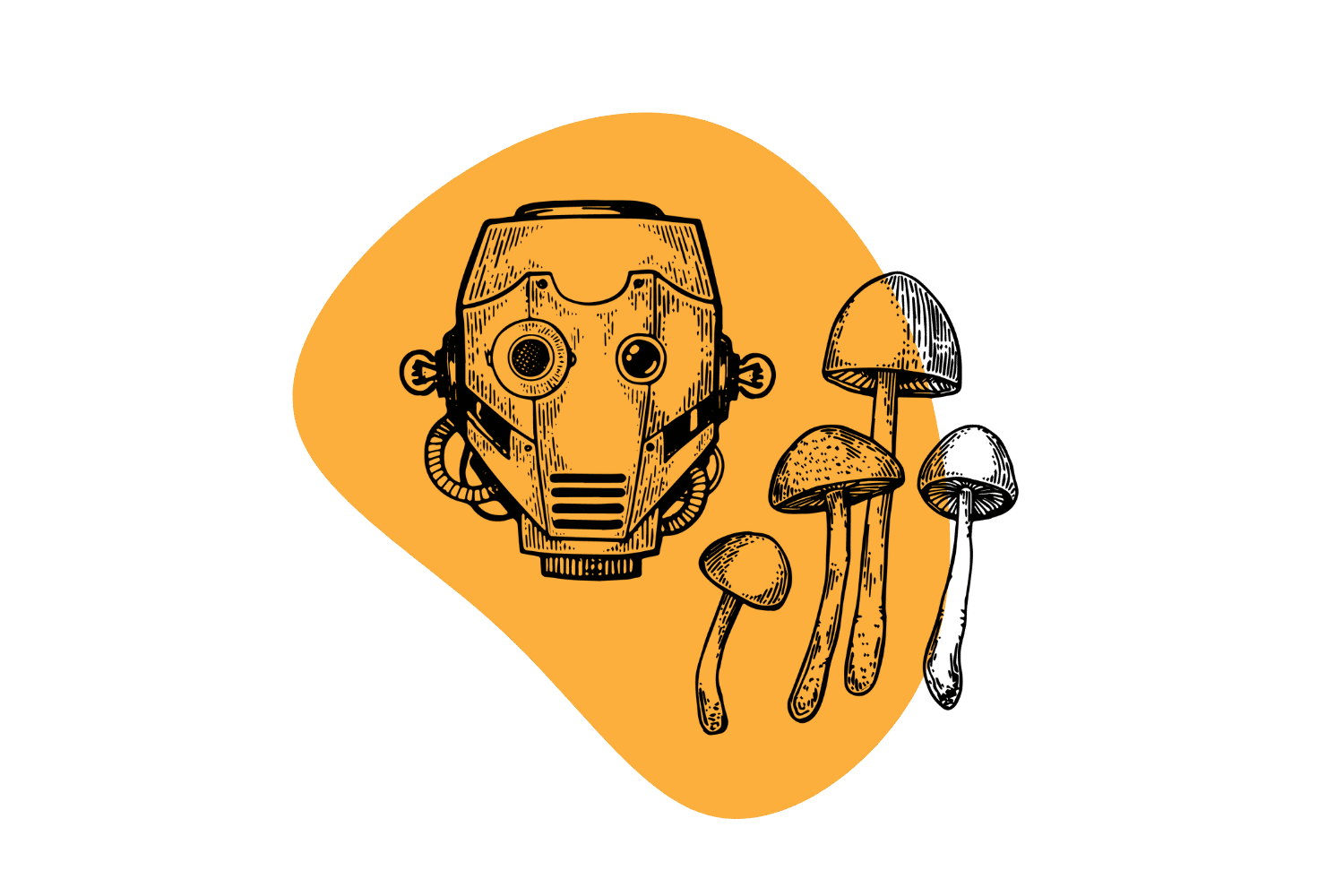Category: Tryptamines
The most common class of psychedelic substances is tryptamine psychedelics.
The most famous members of this class include DMT, psilocybin, and LSD.
These compounds interact with the serotonergic system (primarily the 5-HT2A receptor) to produce shifts in perception, ego-death, and introspection.
Alexander Shulgin outlined dozens of natural and synthetic tryptamine-based psychedelics in one of his books titled TiHKAL (Tryptamines I Have Known and Loved).
4-AcO-DMT — AKA synthetic shrooms — is a prodrug of a psychoactive ingredient in magic mushrooms (psilocin).
P-LSD (1-propionyl-lysergic acid diethylamide) is an analog of LSD-25 with nearly identical effects. 1P-LSD is legal in several countries.
Changa is a combination of an MAO inhibitor & DMT. Sometimes referred to as smokable DMT, changa is a profound, but short-lived psychedelic.
Ibogaine & its source plant, iboga, are powerful psychedelics with well-established anti-addictive effects — but it's not without its risk.
Albert Hofmann was a Swiss chemist credited with the invention of LSD-25 and the first person to synthesize psilocybin & psilocin.
LSA stands for lysergic acid amide — it's the active psychedelic compounds in the morning glory vine & Hawaiian baby woodrose seeds.
The venom of the Bufo alvarius toad contains one of the most psychoactive substances on Earth — 5-MeO-DMT.
Learn how toad venom works & how to use it safely.
Magic mushrooms are any species of mushroom that contain the psychoactive compound psilocybin and psilocin.
LSD is a powerful hallucinogenic drug with the ability to alter visual and auditory perception.
